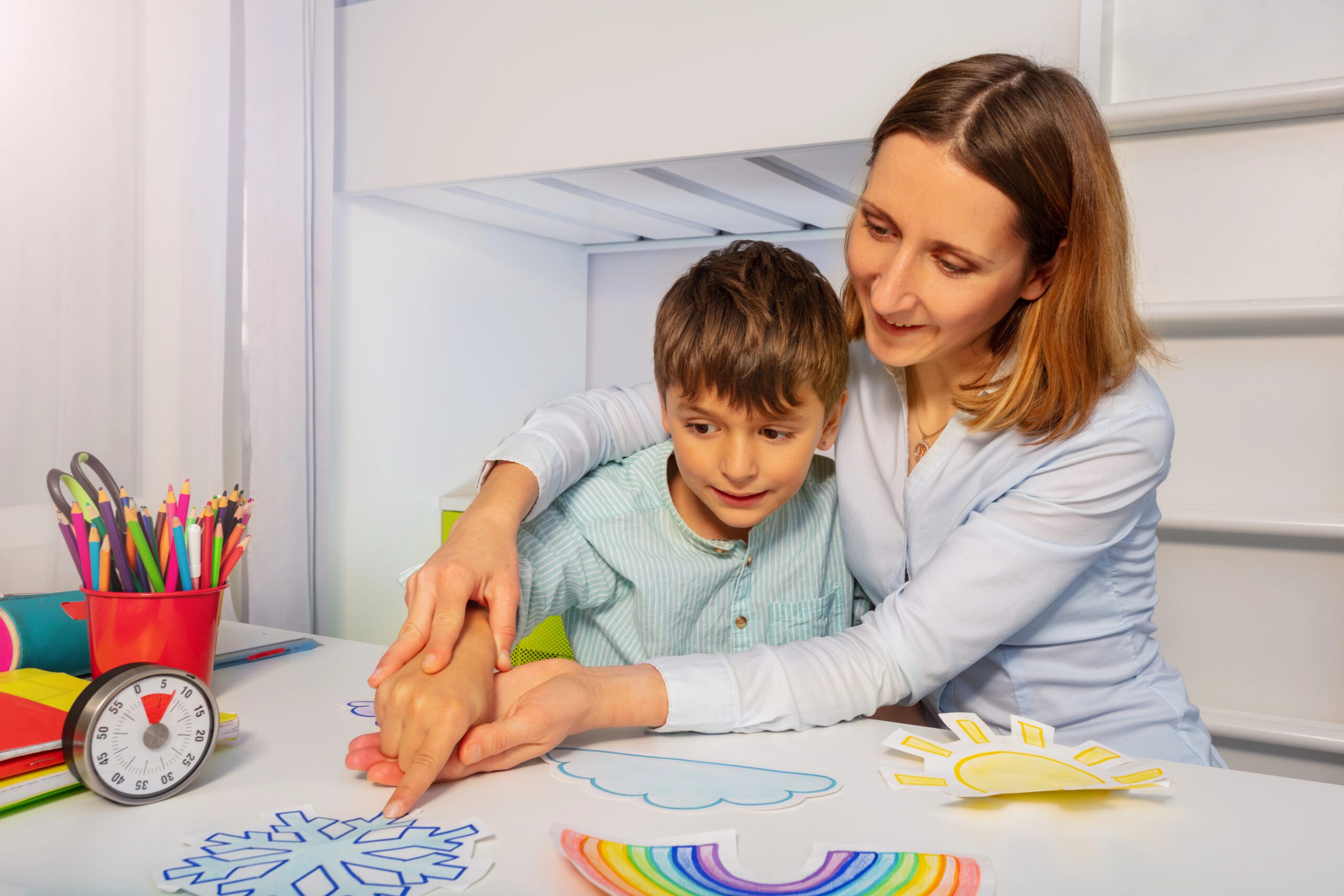
5 Ways ABA Therapy Supports Your Child’s Independence
Every parent dreams of seeing their child grow into an independent and confident individual. For children with developmental challenges, fostering independence can sometimes feel overwhelming. However, Applied Behavior Analysis (ABA) therapy provides a structured and scientifically backed approach to help children develop essential life skills, improve communication, and gain autonomy in their daily routines.
ABA therapy is a widely used and evidence-based approach that focuses on positive reinforcement to teach new skills and reduce behaviors that may hinder independence. This therapeutic method has been extensively researched and applied across the United States, proving effective in supporting children with autism and other developmental disabilities.
In this blog, we’ll explore five key ways ABA therapy helps children become more independent, giving parents reassurance that progress is possible with the right support.
- Building Essential Life Skills
One of the primary ways ABA therapy fosters independence is by teaching children essential life skills.
These skills, often referred to as adaptive skills, include self-care activities such as:
- Brushing teeth
- Getting dressed
- Using utensils while eating
- Toileting and personal hygiene
- Organizing personal belongings
For many children with developmental delays, learning these daily tasks can be challenging. ABA therapy breaks down complex tasks into smaller, manageable steps using an ABA therapy technique called task analysis.
For example, instead of simply telling a child to “get dressed,” an ABA therapist will break the process into steps like:
- Pick out a shirt.
- Put one arm through a sleeve.
- Put the other arm through the second sleeve.
- Pull the shirt down over the torso.
By reinforcing each step with praise, rewards, or encouragement, children learn at their own pace and gain confidence in their abilities. Over time, these repeated structured lessons help children perform tasks more independently, reducing their reliance on parents and caregivers.
- Enhancing Communication Abilities
Communication is a vital part of independence. Children who struggle to express their needs may experience frustration, leading to behavioral challenges. ABA therapy helps children develop verbal and non-verbal communication skills through structured interventions tailored to their individual needs.
Some strategies ABA therapy uses to enhance communication include:
- Picture Exchange Communication System (PECS): Helps non-verbal children communicate by exchanging pictures to express needs.
- Sign Language: Provides an alternative means of communication for children who struggle with speech.
- Speech Therapy Integration: ABA therapy often works alongside speech therapists to improve articulation, sentence formation, and conversation skills.
Improved communication empowers children to express their wants, needs, and emotions effectively. For example, a child who previously pointed or cried when they wanted a snack can learn to use words or gestures to say, “I want an apple.” This ability reduces frustration and encourages social interaction, making daily life smoother for both the child and their family.
- Encouraging Decision-Making and Problem-Solving
Independence goes beyond completing daily tasks—it also involves making decisions and solving problems. ABA therapy teaches children how to make choices, navigate social situations, and handle everyday challenges.
For example, ABA therapists use structured choice-making exercises, where a child is given two options and encouraged to choose:
- “Would you like to wear the red shirt or the blue shirt?”
- “Do you want an apple or a banana for a snack?”
These small choices help children develop autonomy and build confidence in their decision-making abilities. As they grow, they learn how to solve more complex problems, such as:
- What to do when they can’t find a toy
- How to ask for help when needed
- How to follow a daily routine independently
Therapists also use role-playing scenarios to teach problem-solving skills. For instance, a therapist might act out a situation where a child spills a drink and guide them through the steps to clean it up independently. This method helps children understand cause and effect, fostering a sense of responsibility and self-sufficiency.
- Promoting Social Skills and Peer Interaction
Social interactions are an essential part of everyday life, yet many children with developmental challenges struggle with making friends, understanding social cues, or engaging in group activities. ABA therapy provides targeted interventions to help children:
- Learn to take turns and share
- Recognize emotions in others
- Understand personal space and appropriate social behaviors
ABA therapists use structured play therapy and social stories to teach these skills in a fun, engaging manner. For example, a therapist might use a game where children practice greeting each other, making eye contact, and saying “hello.” Through repetition and positive reinforcement, children gradually learn to engage more confidently with their peers.
By developing social independence, children can navigate school environments, form friendships, and participate in group activities with greater ease, ultimately leading to a more fulfilling and socially engaged life.
- Managing Challenging Behaviors for Greater Independence
Challenging behaviors, such as tantrums, aggression, or self-injury, can significantly impact a child’s ability to function independently. ABA therapy helps identify the root causes of these behaviors and implements strategies to manage them effectively.
Some of the most common behavior management techniques used in ABA therapy include:
- Positive Reinforcement: Rewarding desirable behaviors to encourage repetition.
- Replacement Behaviors: Teaching alternative, more appropriate behaviors in place of challenging ones.
- Visual Schedules: Helping children understand routines and expectations to reduce anxiety and resistance to change.
For example, if a child has difficulty transitioning from playtime to mealtime, an ABA therapist may use a visual schedule with pictures to show what comes next. Over time, this reduces anxiety and helps the child adjust to changes more smoothly.
By addressing behavioral challenges, ABA therapy enables children to gain more control over their actions, increasing their ability to participate in school, home, and social settings independently.
Empower Your Child’s Independence with Achievement Balance

Independence is a journey, and every child progresses at their own pace. Through ABA therapy, children can develop the essential life skills, communication abilities, decision-making confidence, social skills, and behavioral regulation needed to navigate the world with greater self-sufficiency.
At Achievement Balance, we recognize that every child is unique. Our personalized ABA programs are tailored to meet your child’s specific needs, providing the support they need to grow, learn, and thrive—from the very first ABA therapy session to every milestone along the way. With the right guidance and a compassionate approach, we believe every child can build greater independence and confidence.
If you’re ready to help your child take the next step toward independence, contact Achievement Balance today to learn more about our ABA therapy services.
Together, we can build a brighter future for your child—one step at a time.
Talk to us today: (972) 410 – 5297 or Email Us: info@achievement-balance.com

